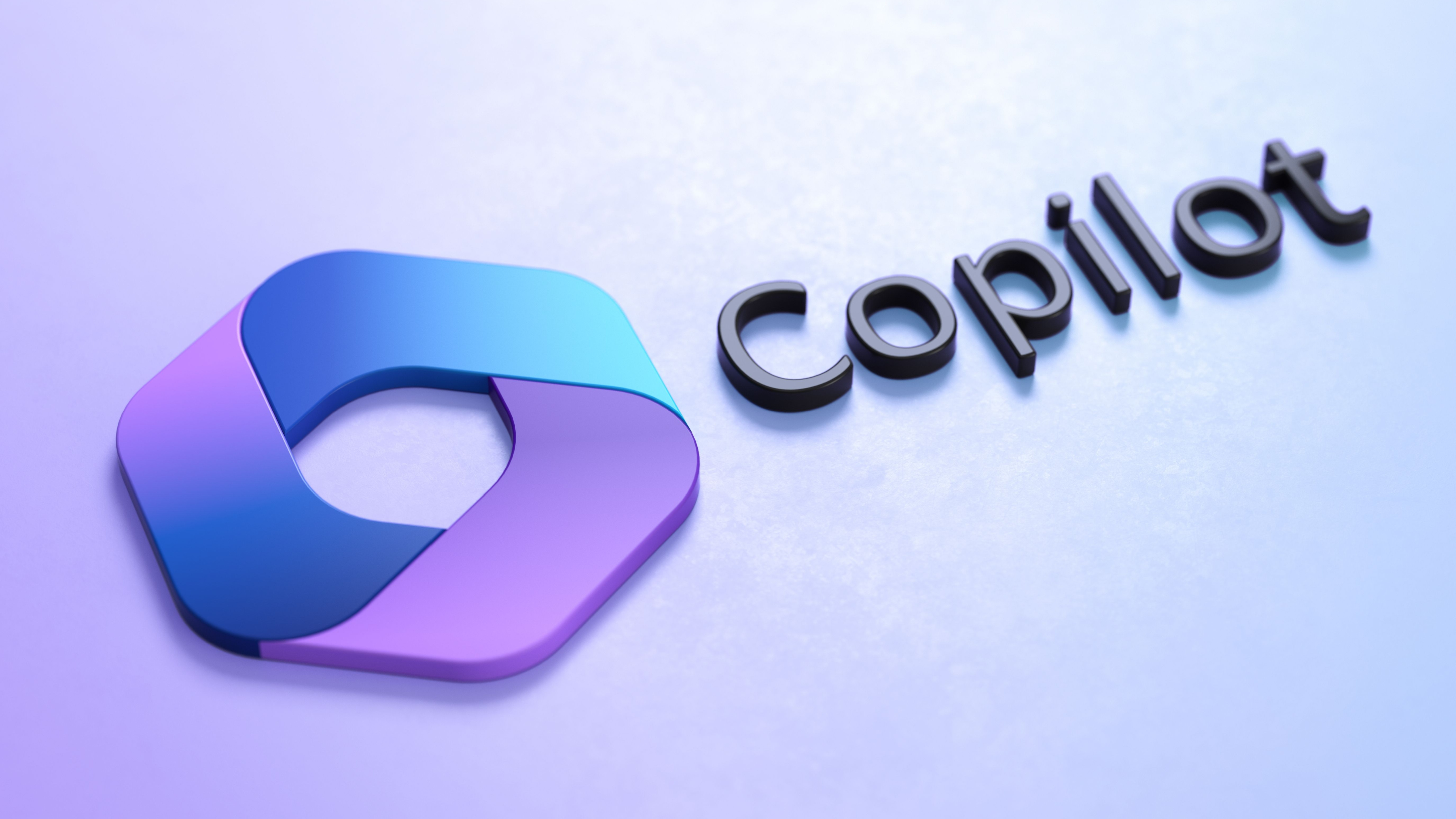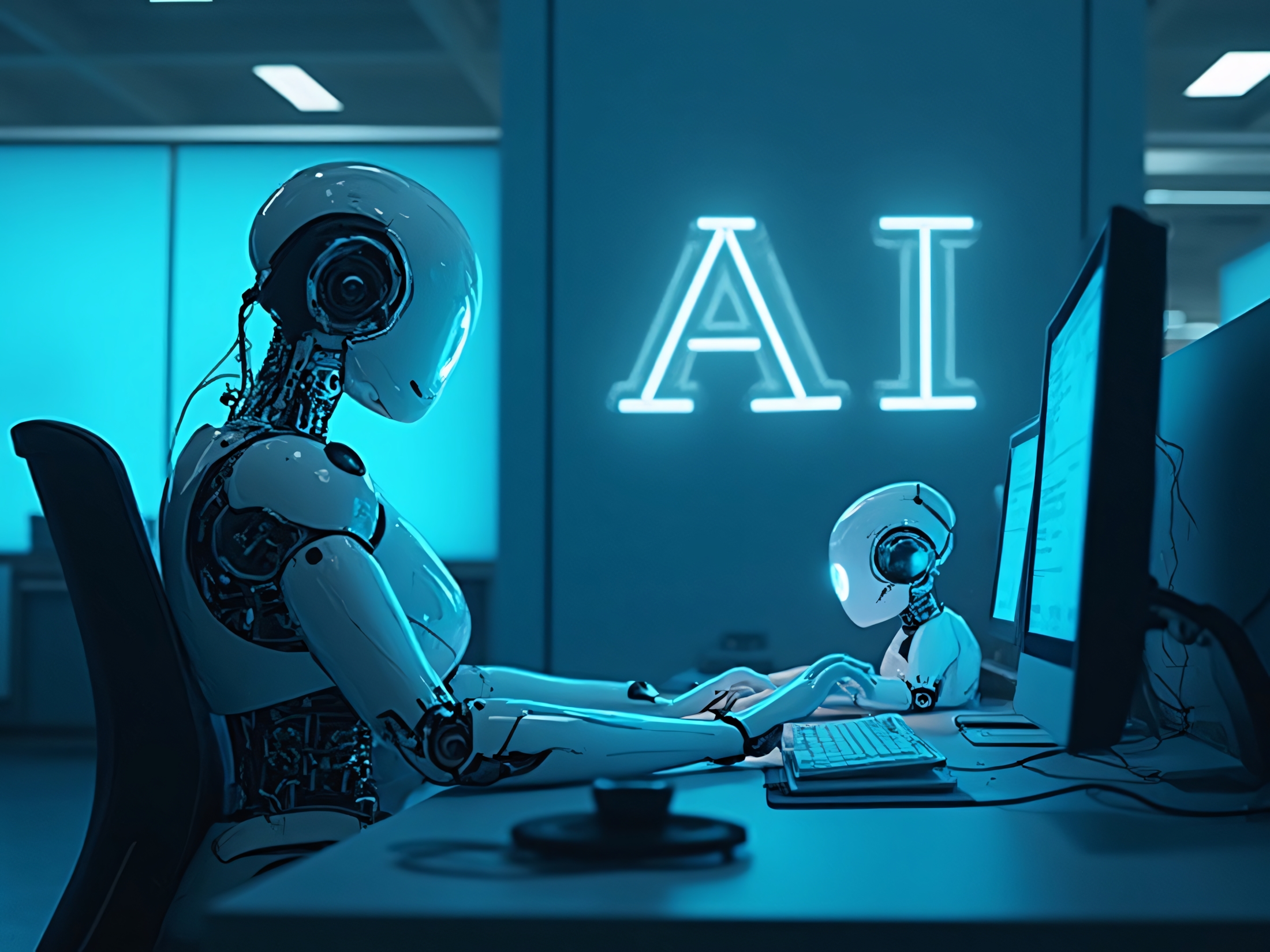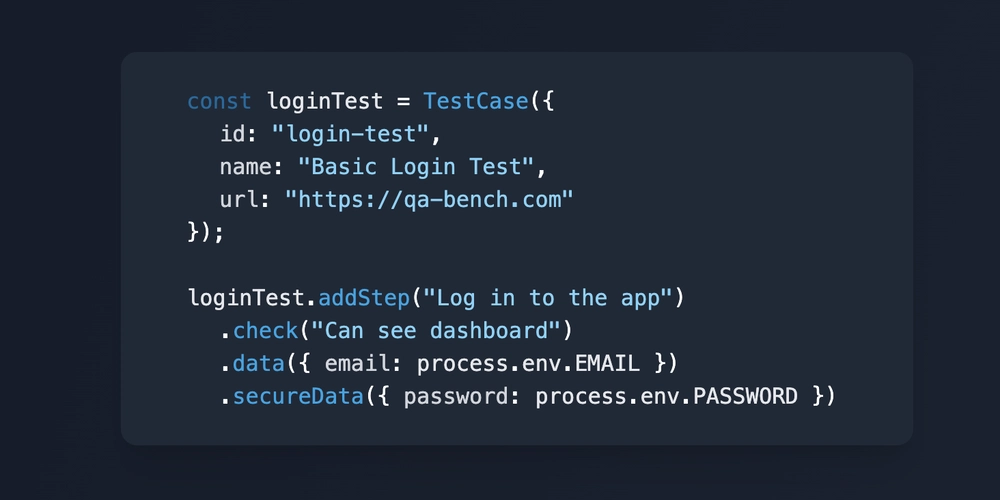The Modern Employee Helpdesk: A Workplace Productivity Game Changer
Modern employees in the fast-paced workplace environment expect instantaneous and efficient answers to their work-related problems. From an IT issue to an HR issue or administration request, a good employee helpdesk can be the determining factor between effective internal processes and higher employee satisfaction. What is an Employee Helpdesk? An employee helpdesk is a centralized support center that helps employees resolve their issues efficiently. It is a go-between between the employees and the internal departments that ensures issues are handled efficiently and in an orderly manner. Employee helpdesks can operate through various media such as email, chat, telephone support, or self-service websites. ***Why Every Company Needs a Strong Employee Helpdesk* An inefficiently managed helpdesk can lead to frustration, delays, and lost productivity. Here why **investing in a well-crafted employee helpdesk is important: ***Improves Efficiency* – Reduced time spent looking for answers and more time focused on their work. Improves Employee Satisfaction – Quick resolutions lead to an improved work environment. Reduces the Workload of HR & IT Teams – Reducing repetitive questions allows HR and IT teams to focus on strategic projects. Ensures Accountability **– A ticketing system monitors problems, so that no request gets ignored. **Enables Knowledge Management – A knowledge base enables staff to resolve things on their own. Key Elements of an Ideal Employee Helpdesk To be sure that your helpdesk supports your employees sufficiently, it needs to have: Multi-Channel Support *– The employees must be able to communicate with the helpdesk through different means, i.e., chatbots, mail, and live chat. Automation & AI Integration – AI-powered responses can answer frequent questions and redirect difficult issues to the proper department. **Self-Service Portal *– A current FAQ page and knowledge base reduce the need for human assistance. **Performance Analytics – Regular monitoring and reporting improve response time and service level. *Integration with Existing Tools *– Seamless integration with HR, IT, and project management tools streamlines workflow. The Impact of an Employee Helpdesk on Organizational Efficiency ** Having a good employee helpdesk has far-reaching implications for the overall efficiency of an organization. Employees who are not wasting time on troubleshooting themselves can dedicate more time to strategic tasks. This, in turn, reflects in increased efficiency, faster project delivery, and improved business outcomes. A robust helpdesk creates a culture of support where staff are assured that their issues are heard and resolved. This boosts morale and minimizes stress levels, resulting in increased job satisfaction and employee retention. Responsive helpdesks result in lower burnout levels because employees do not have to grapple with unresolved technical or administrative issues. Moreover, centralized helpdesk assists companies in standardizing support functions between departments. Instead of employee problems being addressed by different groups in an uncoordinated manner, the structured helpdesk offers standardized service levels, improved task priorities, and responsibility. Common Issues in Employee Helpdesk Management & How to Avoid Them Despite its benefits, an employee helpdesk has its drawbacks. The most common ones that **organizations are likely to face are: 1. Slow Response Times One of the main irritants faced by employees is tardy response times. In the absence of timely service, employees become less effective in their work. Companies should not commit this mistake: Define correct SLAs (Service Level Agreements) with response and resolution times. Automate reply to routine queries to save manual labor. Implement a ticketing system to prioritize problems based on the severity and impact. 2. Lack of Awareness on the part of Employees Most organizations face the problem of employees being unaware of how to use the helpdesk. This results in inefficiencies and unsettled issues. To solve this: Provide training sessions for employees to make them aware of the helpdesk. Announce the availability and options of the helpdesk through regular internal newsletters and meetings. Develop an easy-to-use and intuitive interface for the helpdesk to promote usage. 3. Overloaded Support Teams Helpdesk staff often become overwhelmed with repeat requests, which can slow down response times. Solutions to this are: Having a large self-service knowledge base where employees can find answers to the same old questions. Using chatbots to respond to simple requests and pass on complex ones to human support. Having peer-to-peer support where employees can share solutions with each other. 4. Inadequate Issue Tracking Without proper tracking processes, some requests can slip through the cracks. To improve tracking: Implement a robust ticketing system that logs, categorizes, and tracks all the requests. Assign tick
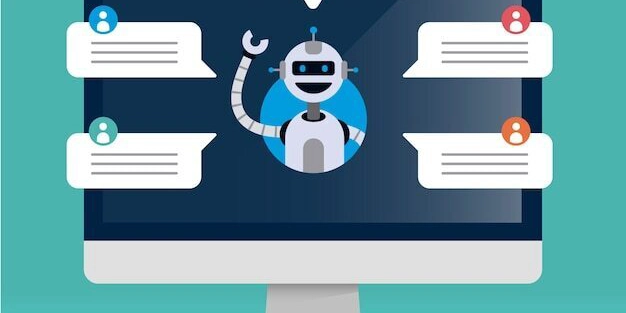
Modern employees in the fast-paced workplace environment expect instantaneous and efficient
answers to their work-related problems. From an IT issue to an HR issue or administration request, a
good employee helpdesk can be the determining factor between effective internal processes and
higher employee satisfaction.
What is an Employee Helpdesk?
An employee helpdesk is a centralized support center that helps employees resolve their issues
efficiently. It is a go-between between the employees and the internal departments that ensures
issues are handled efficiently and in an orderly manner. Employee helpdesks can operate through
various media such as email, chat, telephone support, or self-service websites.
***Why Every Company Needs a Strong Employee Helpdesk*
An inefficiently managed helpdesk can lead to frustration, delays, and lost productivity.
Here why
**investing in a well-crafted employee helpdesk is important:
***Improves Efficiency* – Reduced time spent looking for answers and more time focused on their work.
Improves Employee Satisfaction – Quick resolutions lead to an improved work environment.
Reduces the Workload of HR & IT Teams – Reducing repetitive questions allows HR and IT teams to
focus on strategic projects.
Ensures Accountability **– A ticketing system monitors problems, so that no request gets ignored.
**Enables Knowledge Management – A knowledge base enables staff to resolve things on their own.
Key Elements of an Ideal Employee Helpdesk
To be sure that your helpdesk supports your employees sufficiently, it needs to have:
Multi-Channel Support *– The employees must be able to communicate with the helpdesk through
different means, i.e., chatbots, mail, and live chat.
Automation & AI Integration – AI-powered responses can answer frequent questions and redirect
difficult issues to the proper department.
**Self-Service Portal *– A current FAQ page and knowledge base reduce the need for human assistance.
**Performance Analytics – Regular monitoring and reporting improve response time and service level.
*Integration with Existing Tools *– Seamless integration with HR, IT, and project management tools
streamlines workflow.
The Impact of an Employee Helpdesk on Organizational Efficiency
**
Having a good employee helpdesk has far-reaching implications for the overall efficiency of an organization. Employees who are not wasting time on troubleshooting themselves can dedicate
more time to strategic tasks. This, in turn, reflects in increased efficiency, faster project delivery, and
improved business outcomes. A robust helpdesk creates a culture of support where staff are assured
that their issues are heard and resolved. This boosts morale and minimizes stress levels, resulting in
increased job satisfaction and employee retention. Responsive helpdesks result in lower burnout
levels because employees do not have to grapple with unresolved technical or administrative issues.
Moreover, centralized helpdesk assists companies in standardizing support functions between
departments. Instead of employee problems being addressed by different groups in an
uncoordinated manner, the structured helpdesk offers standardized service levels, improved task
priorities, and responsibility.
Common Issues in Employee Helpdesk Management & How to Avoid Them
Despite its benefits, an employee helpdesk has its drawbacks. The most common ones that
**organizations are likely to face are:
1. Slow Response Times
One of the main irritants faced by employees is tardy response times. In the absence of timely
service, employees become less effective in their work. Companies should not commit this mistake:
Define correct SLAs (Service Level Agreements) with response and resolution times.
Automate reply to routine queries to save manual labor.
Implement a ticketing system to prioritize problems based on the severity and impact.
2. Lack of Awareness on the part of Employees
Most organizations face the problem of employees being unaware of how to use the helpdesk. This
results in inefficiencies and unsettled issues. To solve this:
Provide training sessions for employees to make them aware of the helpdesk.
Announce the availability and options of the helpdesk through regular internal newsletters and
meetings.
Develop an easy-to-use and intuitive interface for the helpdesk to promote usage.
3. Overloaded Support Teams
Helpdesk staff often become overwhelmed with repeat requests, which can slow down response
times. Solutions to this are:
Having a large self-service knowledge base where employees can find answers to the same old
questions.
Using chatbots to respond to simple requests and pass on complex ones to human support.
Having peer-to-peer support where employees can share solutions with each other.
4. Inadequate Issue Tracking
Without proper tracking processes, some requests can slip through the cracks. To improve tracking:
Implement a robust ticketing system that logs, categorizes, and tracks all the requests.
Assign tickets to individual support staff to make them accountable.
Continuously monitor helpdesk performance metrics to identify bottleneck areas and improvement
areas.
Employee Helpdesk Implementation Best Practices
In preparation for the effective implementation of an employee helpdesk, companies should:
Train Employees – *Educate employees on proper usage of the helpdesk.
Set Clear SLAs (Service Level Agreements) – Set response and resolution times to manage
expectations.
**Encourage Feedback – **Regular feedback results in improved service quality and user experience.
**Regularly Update Knowledge Base *– Maintain knowledge relevance and currency.
**Make Use of Data Analytics – Leverage performance reports to identify trends and make data-
driven changes.
Offer Mobile Accessibility – Remote or mobile staff must be able to access support with ease.
The Future of Employee Helpdesks
Employee helpdesks will evolve as technology advances. AI-driven support, automation, and
predictive analysis are already changing the manner in which companies deal with internal support
operations.
Future innovations may be:
AI-Powered Predictive Support **– Advanced technology that forecasts employee issues before they
occur and reduces downtime.
**Voice-Activated Assistance – Voice assistants that empower employees to open and close cases
using voice commands.
More Personalization **– AI that adjusts solutions based on an employees history and work patterns.
**Deeper Integration with Workplace Applications – Close integration with collaboration tools like
Slack, Microsoft Teams, and project management tools for a more comprehensive support
experience.
**
Final Thoughts**
A properly implemented employee helpdesk is more than a support function; it is an essential tool
that increases productivity, improves employee experience, and streamlines internal processes. A
solid helpdesk solution investment ensures that employees feel supported, leading to a more
engaged and productive team. If your business hasn't maximized its employee helpdesk yet, now is
the time to do it! Do you have a helpdesk at your workplace for staff members? How has it impacted
your daily work routine?







































































































































































![[The AI Show Episode 143]: ChatGPT Revenue Surge, New AGI Timelines, Amazon’s AI Agent, Claude for Education, Model Context Protocol & LLMs Pass the Turing Test](https://www.marketingaiinstitute.com/hubfs/ep%20143%20cover.png)



















































































































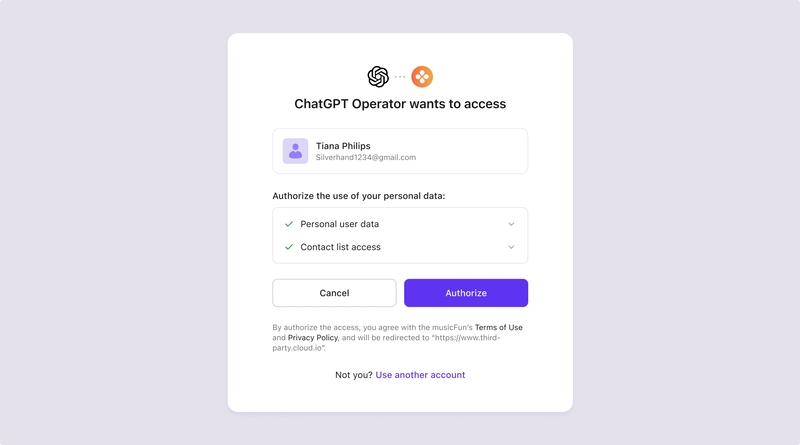

















![From drop-out to software architect with Jason Lengstorf [Podcast #167]](https://cdn.hashnode.com/res/hashnode/image/upload/v1743796461357/f3d19cd7-e6f5-4d7c-8bfc-eb974bc8da68.png?#)










































































































.jpg?#)





























_ArtemisDiana_Alamy.jpg?#)














































































-xl.jpg)













![Yes, the Gemini icon is now bigger and brighter on Android [U]](https://i0.wp.com/9to5google.com/wp-content/uploads/sites/4/2025/02/Gemini-on-Galaxy-S25.jpg?resize=1200%2C628&quality=82&strip=all&ssl=1)












![Apple Rushes Five Planes of iPhones to US Ahead of New Tariffs [Report]](https://www.iclarified.com/images/news/96967/96967/96967-640.jpg)
![Apple Vision Pro 2 Allegedly in Production Ahead of 2025 Launch [Rumor]](https://www.iclarified.com/images/news/96965/96965/96965-640.jpg)




















